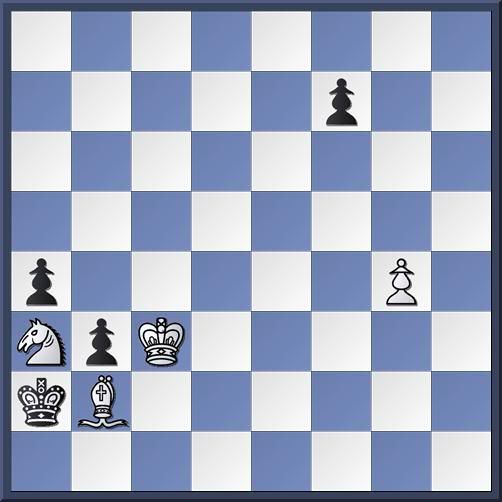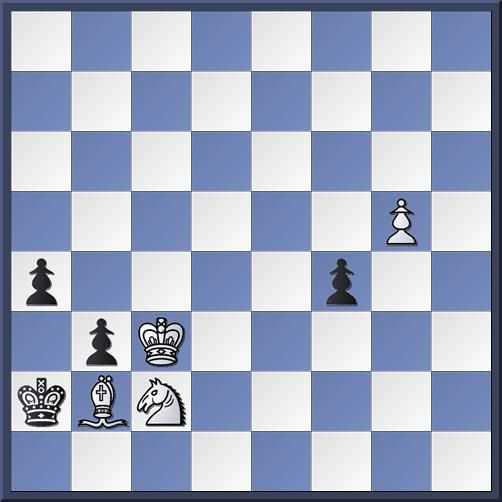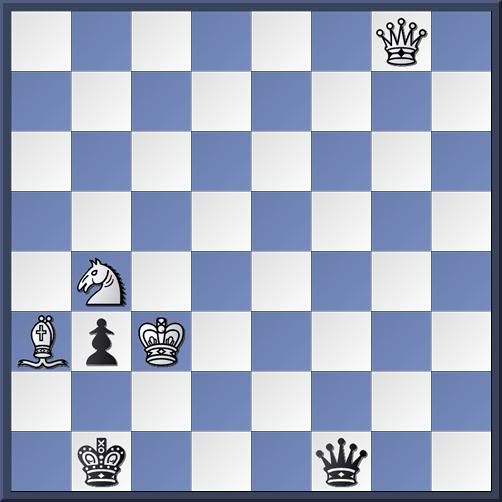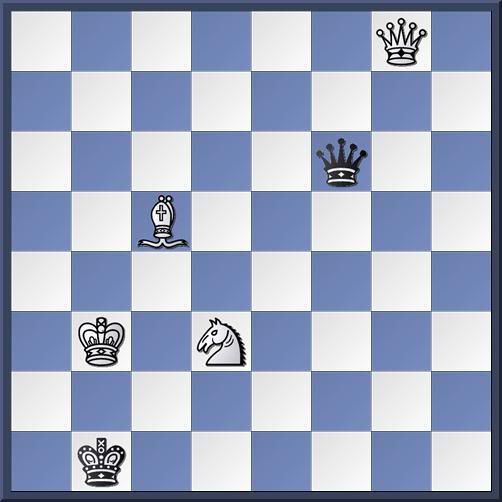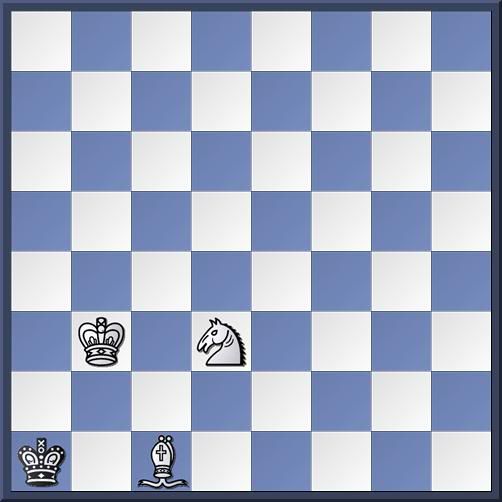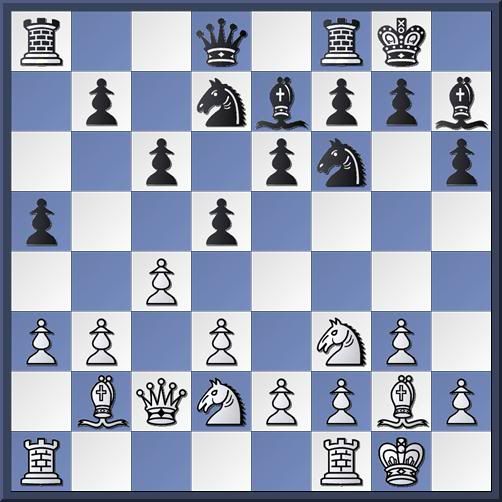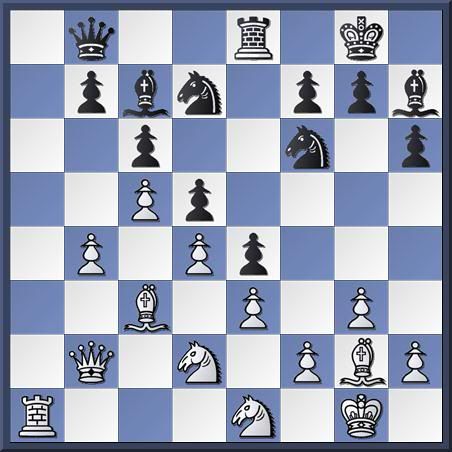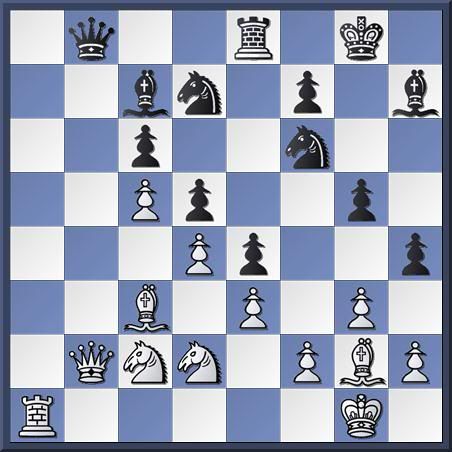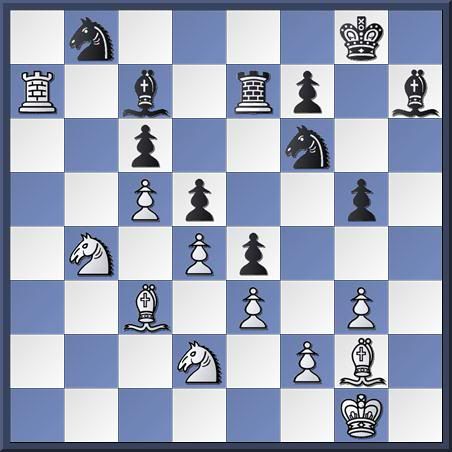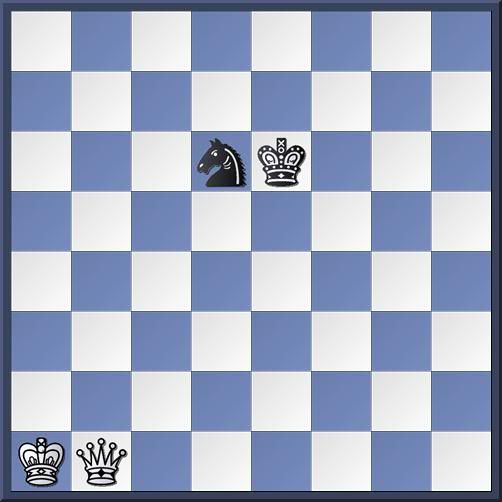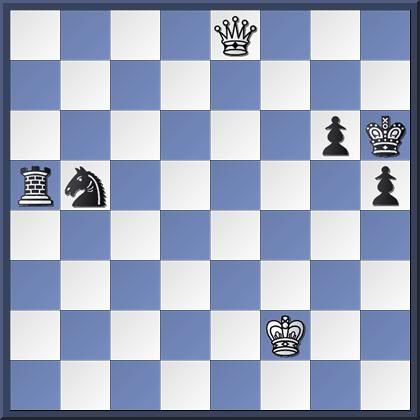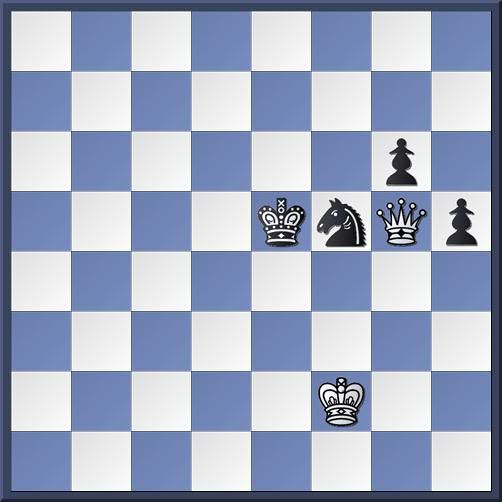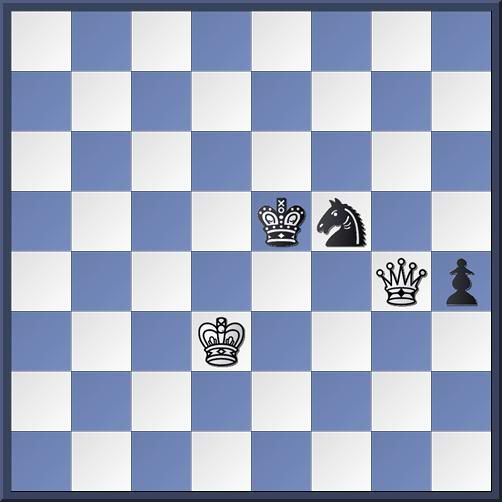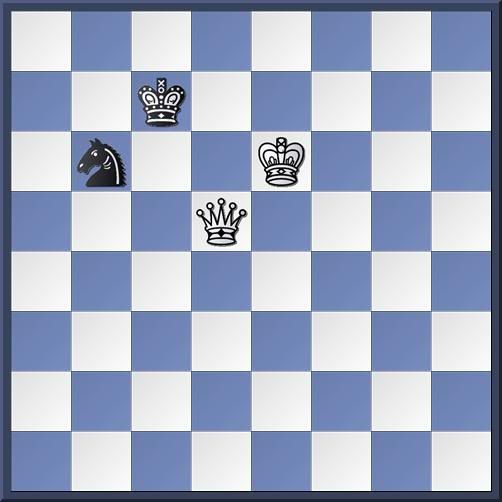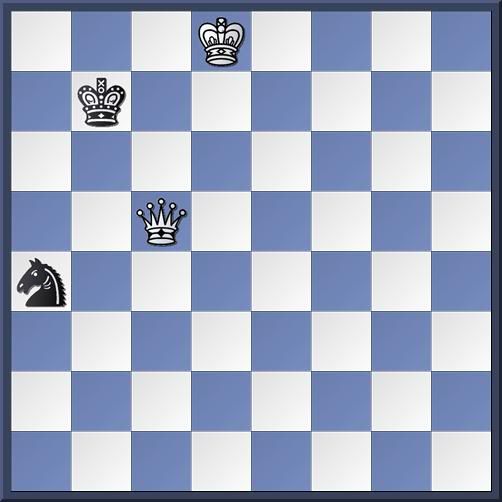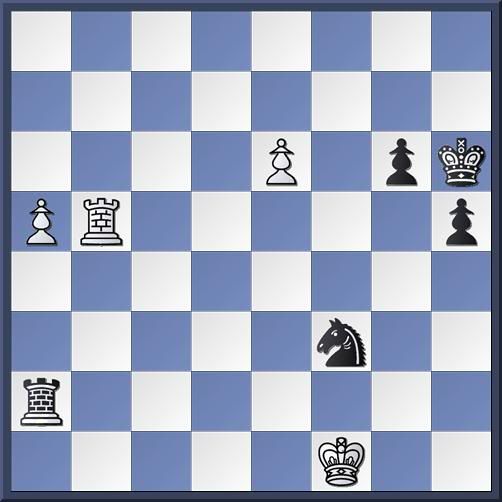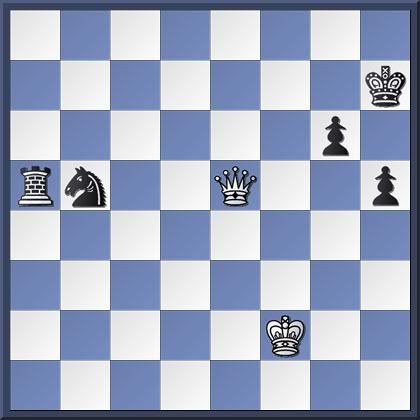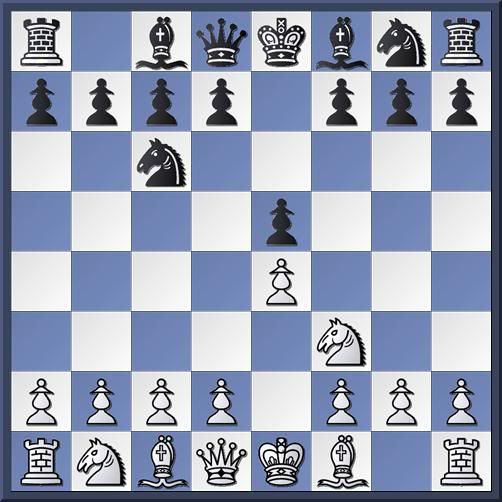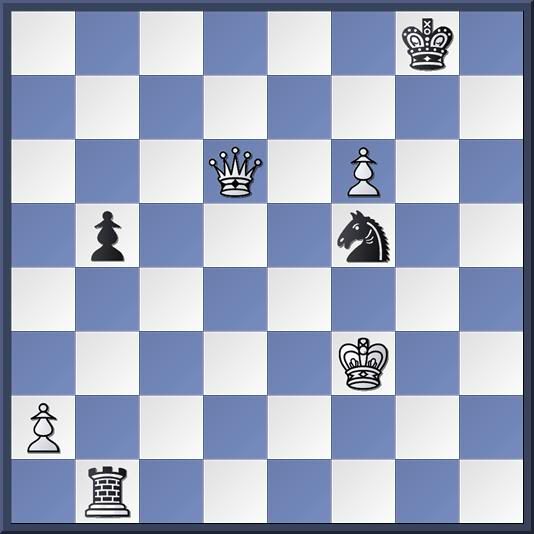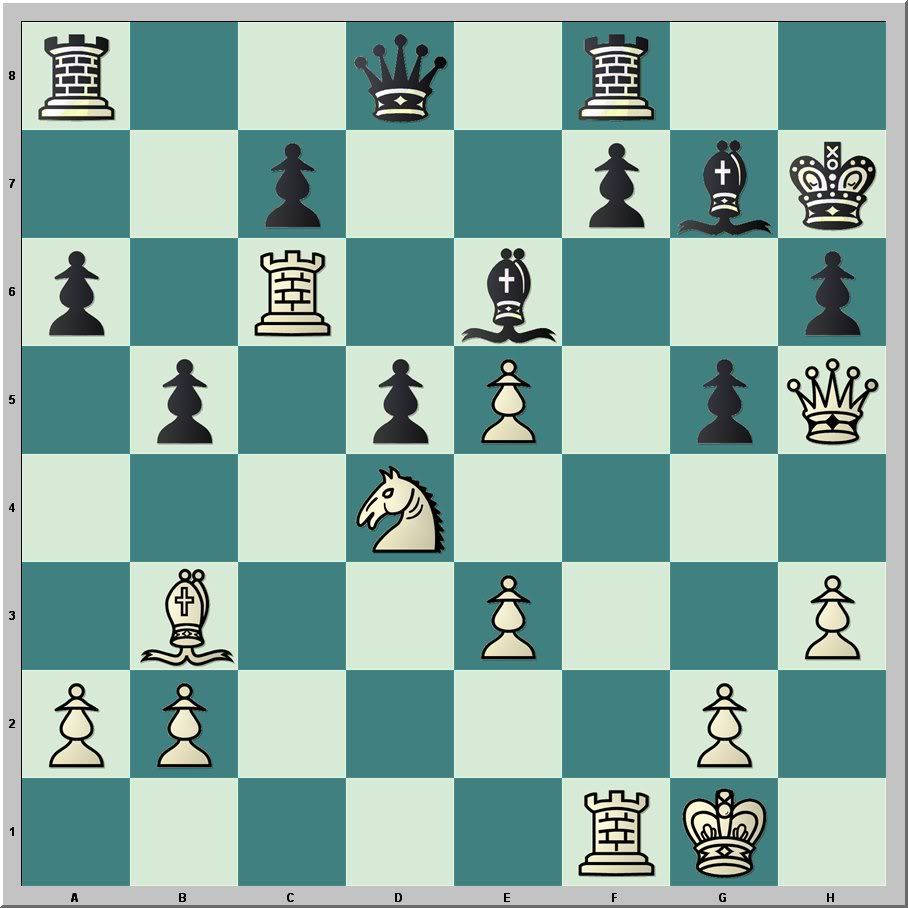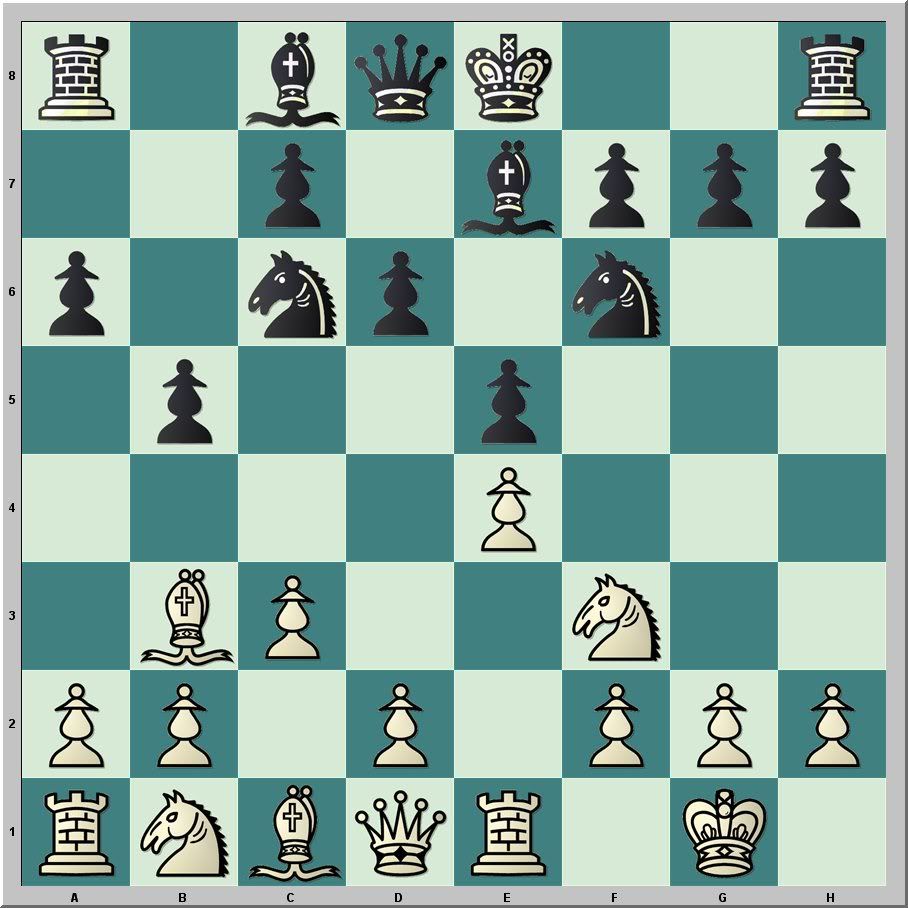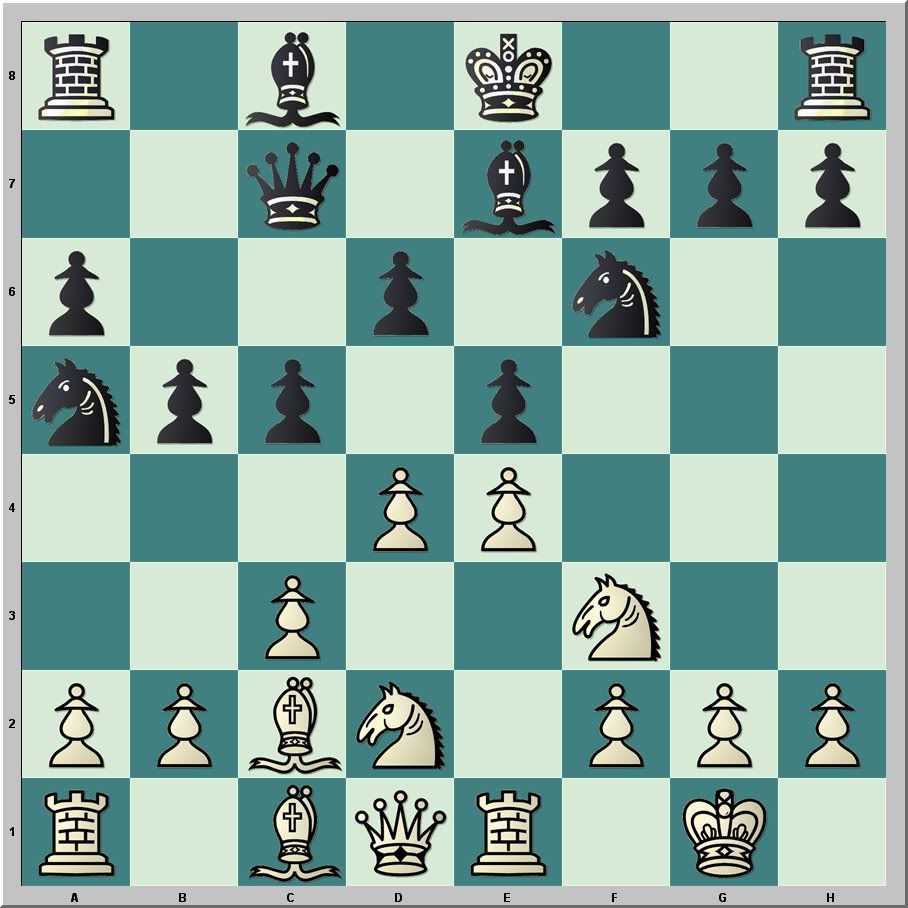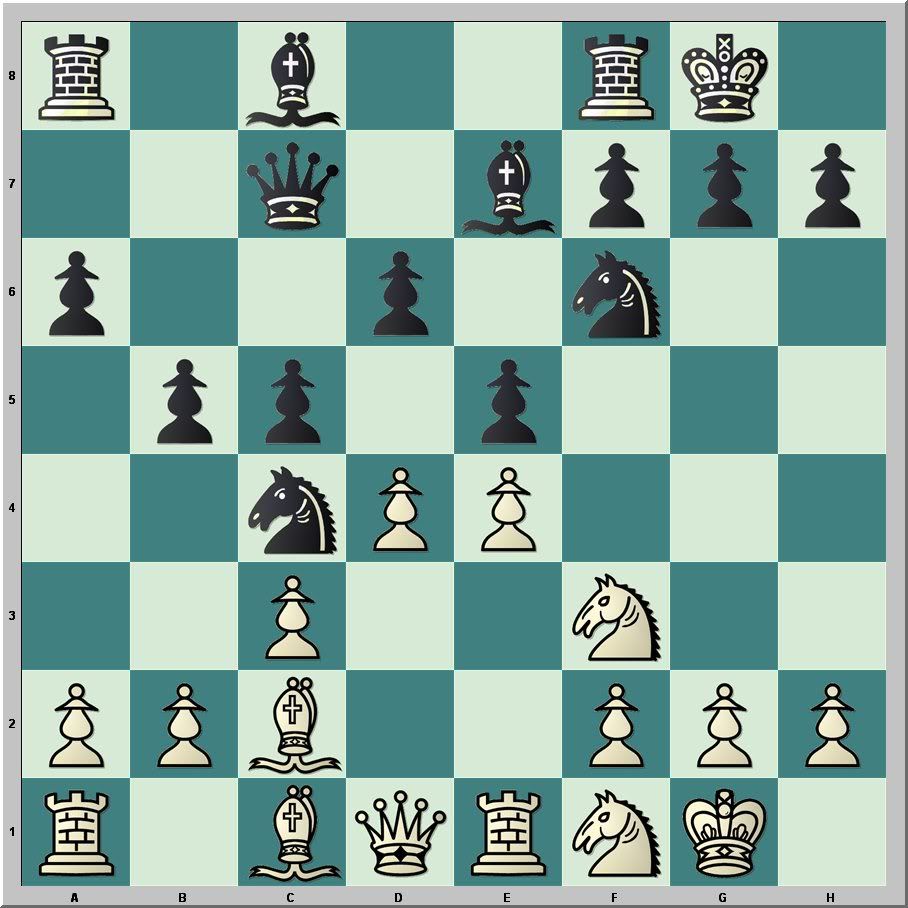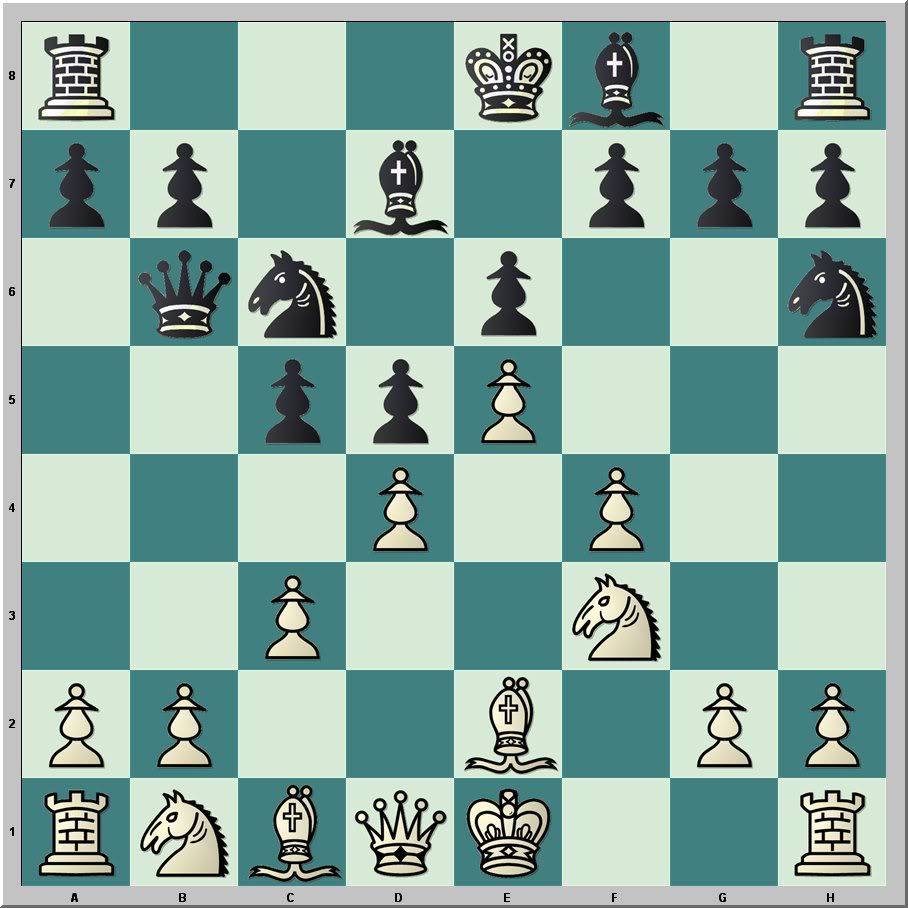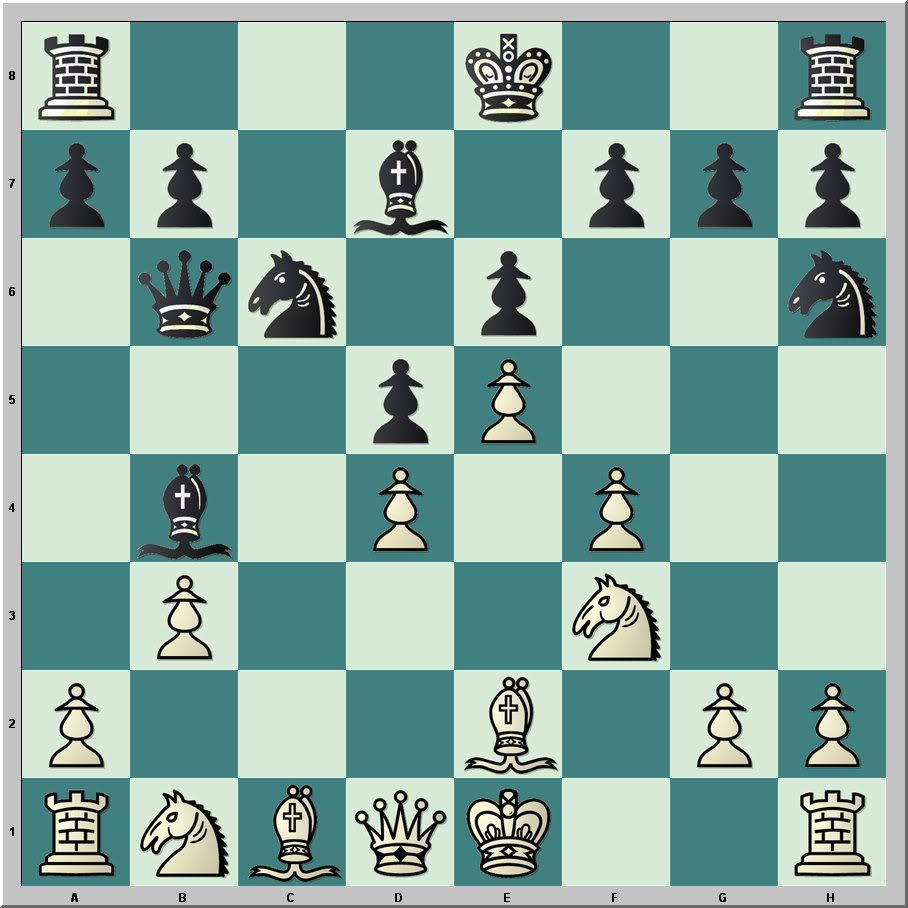Ever since the dawn of civilization, humans have sought help in games of chess that did not conclude in a single sitting. Such help takes many forms. Sometimes the help is actively encouraged. Other times it is forbidden.
When I was young, top level chess tournaments and world championship matches were characterized by adjournments. After many hours of play, a competitor would seal a move, eat a small meal, and go to sleep. While he slept, teams of seconds would labor through the night, analyzing the likely continuations. After a night of sleep and a hearty breakfast, the player would spend the morning with his seconds learning the results of overnight research. He returned to the game fully prepared for the next stages.
When I started playing correspondence chess, I began to value another sort of assistance: reference books. While playing my games, I would pore through every chess book within reach looking for comparable positions. Playing better correspondence chess became a principal motive for acquiring certain books. The benefits of this research spilled over into my non-aided games. More often I found myself playing openings that I had studied in great detail with practical application to some game in progress.
The emergence of database software sped up the research process. While it once took many hours to find all of Alekhine's games against the Nimzo-Indian, now they could be located in seconds. Going through the games to glean the necessary insights still required much labor, but it was no longer necessary to set up a chess board. Games in the database could be played through on-screen.
The Rules
In correspondence chess, help is openly encouraged and forbidden depending on the venue and the nature of the help. Some chess organizations conclude that help from books, databases, and even engines is undetectable and make no efforts to prevent assistance. Others distinguish between allowable help and banned: most often books and databases are permitted, but engine use is not.
The United States Chess Federation rules are typical:
You may consult chess books and periodicals but not other players. You cannot use a computer or computer program (chessplaying algorithms) to evaluate a game, but you may use computers for record keeping and databases.
"Your Responsibilities as a Player," http://main.uschess.org/content/view/7521/393/
Countless hours might be spent gathering evidence against suspected violators so they might be disciplined.
In the past ten years a growing number of chess sites have added another dimension. Correspondence chess games are much faster, there is less record keeping, and far less expense. Moreover, thousands of players who never mailed a postcard are engaged as adversaries. These chess sites have offered a new vocabulary to describe an old practice: turn-based chess, online correspondence, correspondence-style, online chess, net-chess.
The terms and conditions of these sites explain acceptable and unacceptable help:
"Immoral and unfair External assistance"
1) Using computer engines to generate your moves
2) Getting someone else (who may be much stronger) to play ones moves
3) Getting your opponent to artificially resign by pre-agreement
"Moral and fair External assistance"
It is however acceptable and encouraged to use conventional resources which are in the spirit of correspondence chess, such as referencing Opening books (which could be electronic), etc. The use of such resources is considered "research" which has always been an attraction of correspondence chess.
"ChessWorld Terms and Conditions," http://www.chessworld.net/chessclubs/termsandconditions.asp
The sort of databases that are permitted is specified in some cases:
While a game is in progress you may not refer to chess engines, chess computers or be assisted by a third party. Endgame tablebases may not be consulted during play but you may reference books, databases consisting of previously played games between human players, and other pre-existing research materials.
"Red Hot Pawn Terms of Service," http://www.redhotpawn.com/myhome/termsofservice.php
Fritz's infamous rook lift against Vladimir Kramnik must be excised from the database if a player intends to use that collection of games for help during play, and massive databases of games from the
Playchess engine room are clearly out of the question. In a forum post on
Chess.com, Gonnosuke took issue with the distinction made in RHP's TOS, but in reference to something similar at Chess.com:
If you're going to argue against databases, I think you should be arguing against all databases. To allow some but not others is extremely inconsistent when, for all intents and purposes, there's no difference between looking at a high level GM game and an engine game.
Gonnosuke, "Databases -- What is Allowed?" http://www.chess.com/forum/view/community/databases---what-is-allowed?
Chess.com recognizes opening databases as allowable computer assistance.
You can NEVER use chess programs (Chessmaster, Fritz, etc) to analyze current ongoing games unless specifically permitted (such as a computer tournament, etc). The only type of computer assistance allowed is games databases for opening lines in Turn-based Chess and Vote Chess. You cannot receive ANY outside assistance on Live Chess games.
"Chess.com Terms of Service," http://www.chess.com/legal.html#termsofservice
These sites offering web based chess at correspondence time controls have not only brought in minions of newbies, they host chess forums where players and other interested chess scholars can debate whether databases should be used, how they might be used effectively, and whether such online play resembles correspondence chess or something entirely different. Many of these debates begin with a question posed by someone who neglected to peruse the terms of membership prior to registration.
Opposition to Database Use
Many players express the view that use of databases is distinct from putting thought into the game. A chess enthusiast calling herself ChessMom raised this issue stridently on the
Red Hot Pawn forums in a thread called "
How to learn and not cheat," "you're supposed to play out of your own brain, not somebody else's brain." The thoughtlessness of database use cropped up again in "
Nagging Question: Are you for or against the use of Databases, and why?" on
Chess.com. Peedee suggested, "[u]sing someone elses [sic] brain for the first 20 moves completely invalidates ANY contest. In fact, getting outside help AT ALL is just nonsense."
Several posters in these threads offer their views that research requires skill.
Every chess player should strive to improve him/herself, and that includes reading and analysing. Correspondence chess gives players a concrete game to study and learn about while playing it. They have the opportunity to play the very best moves they can find by using research techniques.
Fezzik, "Nagging Question"
To what extent are research techniques an element of chess skill? A player calling himself richie_and_oprah brushed aside the relevance of research skills in "
Databases -- what is allowed?"
[I]f things come down to who has the better database OR who is the better researcher, how is this a measure of who is better at playing chess?
richie_and_oprah, "Databases"
Another player responded directly that chess players are librarians.
Postal chess is library chess. It's not OTB chess. Moves are researched... in the old days people went to their libraries and periodicals to research moves... and would go to their homecooked prepared lines when they could. So yes, it was in part about who was the better librarian... that's certainly part of the fun of cc. Sadly IMO ICCF rules allow engines, so modern CC is less librarian than ever before, more software engineer.
JG27Pyth, "Databases"
Chess games are compared to math exams where calculators might be permitted, or to open book exams in history class.
The purpose of such exams is to determine what you can infer from the texts, not your ability to memorise them. Correspondence and online chess are similar: we accept that, not being grandmasters, we have not the time to devote to memorising all the games and positions we would like, so we allow databases.
NickYoung5, "Nagging Question"
When I see these threads, I usually offer my view that database use remains one of the principal attractions of correspondence chess. Nevertheless, vocal players continue to insist that such helps seems like cheating, or that it becomes a crutch. Players relying upon outside help are cheating themselves, it is argued.
I would prefer to discuss how effective use of databases might enhance correspondence play. How can research-oriented competition expand enjoyment of the game, personal chess knowledge, and perhaps even make the database user a stronger player in OTB (over the board) play?
Postscript 29 March 2011
The thread "Nagging Question" on Chess.com has been deleted by an administrator. Although there was a bit of personal abuse, there were many excellent comments that also went away as a result of this rash act.
